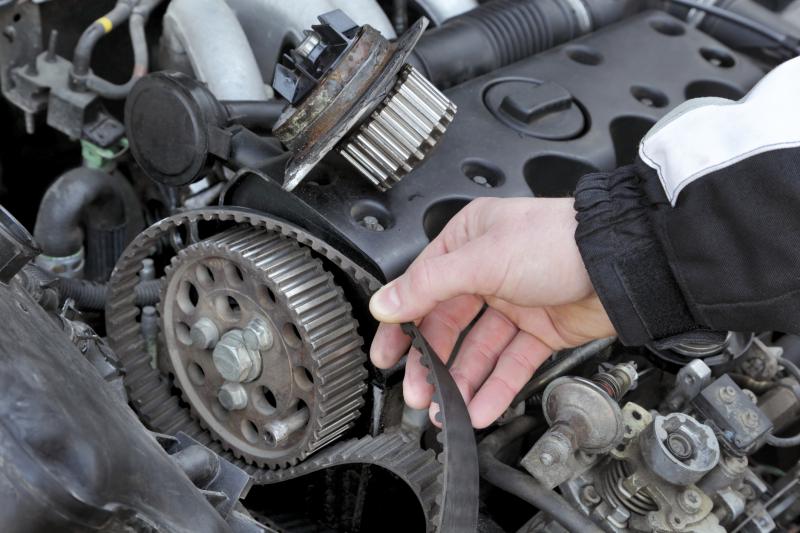
Your camshaft acts as a timing device that controls the opening and closing of the intake and exhaust valves, as well as setting the valve overlap that occurs at top dead center on the exhaust stroke. The shaft is constructed with several journals that ride on bearings within the engine. It has egg-shaped lobes that actuate the valvetrain, either by moving lifters and pushrods, or by pushing directly on the valve stems. The camshaft is bound to crankshaft rotation by a timing chain, timing belt or timing gears, and failures in the camshaft drive can allow the valves to contact the piston crowns, causing extensive internal damage.
Camshafts in older engines may also have gears machined into them that operate the distributor and the oil pump. On newer engines, the camshaft may have a position sensor mounted on the end that sends information to the powertrain control module to help the module properly time your fuel injection pulses and ignition. Some engines may have multiple camshafts, as is the case with some overhead cam engines, particularly ones built in a "V" configuration. Engines with a desmodromic valvetrain use at least two cams, as there is a push-open cam and a pull-close cam, instead of the traditional push-open cam with valve springs to pull the valve shut as the cam rotates past the lobe and back onto the base circle.